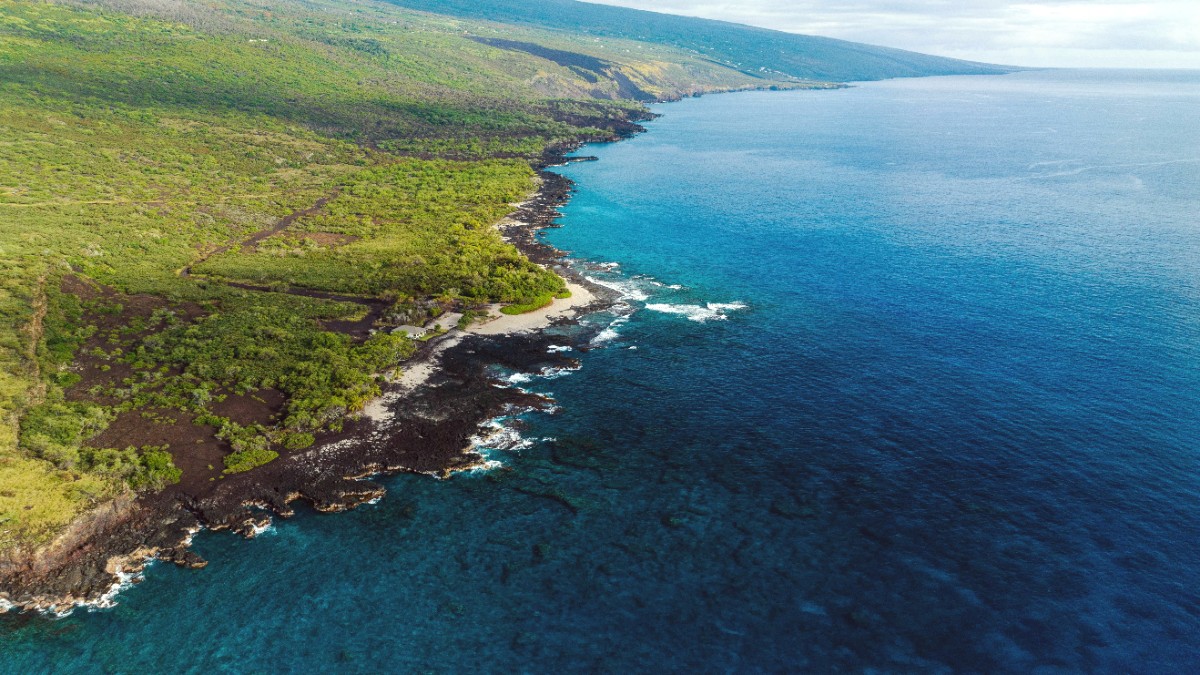
Hawaii, USA
The Hele-On Bus, operated by the County of Hawaiʻi, is the island's only public bus system. It serves major towns, including Hilo, Kailua-Kona, and Waimea, and extends to some rural areas. This fixed-route service means buses follow specific, pre-determined paths. The system includes an "Intra-Island" route connecting Hilo and Kona via Waimea and Daniel K. Inouye Highway.
Main hubs include the Moʻoheau Bus Terminal in Hilo and the Makaʻeo (Old Airport) Pavilion in Kona. You can find up-to-date route maps and detailed schedules on the official Hele-On website (hawaiicounty.gov/departments/mass-transit).
Hele-On buses are generally wheelchair accessible, with ramps or lifts.
Consult schedules meticulously; missing a bus can mean long waits. Anticipate delays.
Not ideal for large luggage. Best for specific point-to-point travel rather than extensive sightseeing.
Clearly marked at Ellison Onizuka Kona International Airport.
Designated pick-up areas at Kona airport.
Available at Hilo International Airport.
Designated pick-up areas at Hilo airport.
Renting a vehicle is the most popular choice for travelers on the Big Island, offering unparalleled freedom to explore its vast landscapes.
Alii Drive in Kailua-Kona, Downtown Hilo. Parks like Hawaiʻi Volcanoes National Park offer designated walking trails.
Walking tours available in Kona (history) and Hilo (art/history). Ranger-led programs in HVNP.
Limited dedicated bike lanes. Wear a Helmet, use lights, wear bright clothing. Stick to less-trafficked roads. Avoid Saddle Road.
Beyond standard options, the Big Island offers specific modes of transport tailored for tours and unique experiences.
Advised to contact specific attractions and accommodations beforehand.
Confirm features and arrangements.
May offer accessible rental cars or transportation services.
For specific mobility needs.
Helps ensure comfort and enjoyment during your visit.
Plan for a smooth experience.
Domestic flights: 2 hours prior. International flights: 3 hours prior.
Mandatory for all departing passengers to mainland U.S. Or international destinations.
Restaurants, snack bars, and gift shops at both KOA and ITO.
A rental car provides the most freedom for exploring the Big Island's diverse landscapes at your own pace.
For specific tours or urban areas, taxis and ride-sharing offer good options. Public transport serves as a low-cost choice for limited routes.